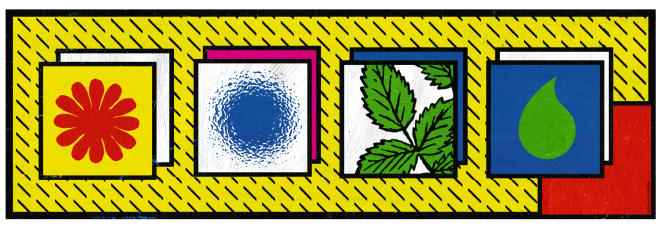It remains confidential. The Greenfin label is much less known than its cousin the SRI (socially responsible investment) label. Dedicated to “green finance”, it currently validates ninety funds representing 31 billion euros, or nearly twenty-two times less than the SRI label. When we ask professionals about this certification, the word that comes up most often is “demanding”..
Launched at the end of 2015 by the Ministry of Ecology – under the name, at the time, of the TEEC label (energy and ecological transition for the climate) –Greenfin aims to identify funds to mobilize part of the savings for the benefit of the energy and ecological transition.
Sector exclusions
It has several constraints. First, the funds must invest mainly in one or more of the eight categories of activity falling within the scope of the energy and ecological transition: energy, construction, waste management and pollution control, industry, transport, information and communication technologies, agriculture and forestry, and adaptation to climate change.
The specifications of this Greenfin stamp refuse funds that invest in fossil fuels or nuclear energy
The label is also very strict in terms of sectoral exclusions, unlike the SRI label, which does not include any so far. In particular, it refuses funds that invest in fossil fuels or nuclear energy. Products must also incorporate ESG (environmental, social and governance) criteria in the selection of securities and measure the impact of their investments.
A stringent specification that may have put off some managers, especially since potential customers often do not know the Greenfin.
But, for Hervé Guez, director of equity, interest rate and solidarity management at Mirova, a subsidiary of Natixis IM specializing in sustainable finance, this is not the only obstacle. “The Greenfin label is the inverted mirror of the SRI labelhe believes. It is too pure, so no large fund is able to meet its requirements. For example, you do not have the right to invest in a company when gas represents 10% of its activity, because that would amount to financing fossil fuels. With such constraints, it is impossible to reach a critical size, because the investment possibilities are too limited. »
You have 29.05% of this article left to read. The following is for subscribers only.
